Overtime: NFL Making Changes Behind Our Backs
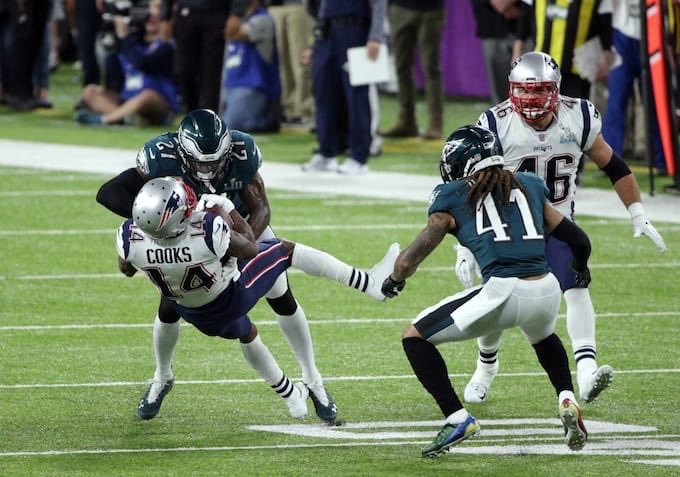
Overtime: NFL Making Changes Behind Our Backs
Malcom Jenkins’ hit on Brandin Cooks in Super Bowl LII is now illegal (Courtesy of Twitter).
Malcom Jenkins’ hit on Brandin Cooks in Super Bowl LII is now illegal (Courtesy of Twitter).
April 11, 2018
Hang on for a minute...we're trying to find some more stories you might like.
Email This Story
By Jimmy Sullivan
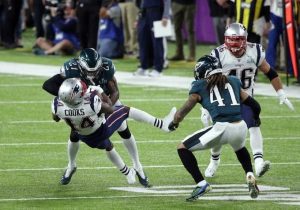
Malcom Jenkins’ hit on Brandin Cooks in Super Bowl LII is now illegal (Courtesy of Twitter).
While this may come as a surprising development to some people, football is a sport that features a lot of violence.
It is no secret, then, that playing the sport for an extended period of time can lead to serious brain injuries and irreversible brain damage. Just last summer, a study of 111 brains of deceased football players found that 110 of them had at least some traces of chronic traumatic encephalopathy, otherwise known as CTE. CTE is a brain disease that can open the door to a variety of terrifying symptoms, namely depression, memory loss and anxiety. The disease was found in players such as Dave Duerson, Junior Seau, Paul Oliver and Terry Long, just to name a few. The common thread among all of these men is that they ended their lives by committing suicide. Just two weeks ago, Super Bowl-winning quarterback Mark Rypien opened up about his attempt to kill himself by consuming copious amounts of alcohol combined with prescription medicine. As we have seen, football is a sport that is quite literally and frighteningly forcing its former players to lose their minds.
The NFL is trying something radically different to change that.
On March 27, the league announced several new rules aimed at protecting players from concussions. The main eye-opener was a new rule, entitled “Playing Rule Article 8,” that states the following:
“It is a foul if a player lowers his head to initiate and make contact with his helmet against an opponent. The player may be disqualified. Applies to any player anywhere on the field. The player may be disqualified.”
On the surface, this addition is similar to college football’s “targeting” rule that allows players to be ejected for initiating contact on a defenseless player; however, that rule mainly applies to defenseless players with the ball in their hands and is rarely enforced outside of such players unless the foul is glaringly obvious. The thing that differentiates this new rule from the targeting rule is that it will supposedly apply to players away from the ball as well. This is where a serious question and potential problem comes into the equation for the NFL: How can you possibly enforce this regulation?
To prove that point, USA Today reviewed the first half of a Monday Night Football game between the Steelers and Bengals in week 13 of last season; in fairness to the NFL, that game featured 20 combined penalties and more shots to the head than any of Martin Scorsese’s movies ever could. In its review of that game, though, USA Today found that the referees could have called, and you may want to be sitting down for this, 39 penalties in the first half alone. The game, which is oftentimes a difficult product to consume in the present moment, would become unwatchable with that amount of penalties in that short of a time. While the onus will be on players to adjust to the new rules, fans may need to suffer through years of abhorrent football until those adjustments are made.
Competition Committee Chairman and Falcons CEO Rich McKay has said that referees will be instructed to enforce the new rules in the trenches as well. If they do that, the league has just slid down one of the most slippery slopes in the history of the world, as helmet-to-helmet contact takes place all the time and referees could call a penalty on literally every single play. That would be a problem for obvious reasons, and even though the league is making a noble effort to take the helmet out of the game, it will be very hard to actually see this happening without seriously affecting the way football is played.
To be clear, I am as much against brain damage as anyone could be and the NFL’s recent rule changes have good intentions and could be a step in the right direction with proper enforcement. However, these changes will also force players, particularly offensive and defensive linemen, to completely re-learn everything they have previously learned about playing their positions. While these changes are probably necessary and good for the game in the long run, the long term benefits don’t mean that there won’t be serious consequences to the game in the short term that could make many fans turn away.
That assertion goes back to why fans actually watch the game: entertainment and violence. For example, when I watched the Super Bowl, I didn’t think of the potentially life-altering impact of Eagles safety Malcolm Jenkins’ hit on Patriots wide receiver Brandin Cooks. My first thought was that it should have been a penalty. That attitude needs to change. While we have gotten better at realizing what happens to players after they retire, we need to come to the realization that every single play features some sort of violence that can create or add to a player’s mental health problems after his football career. But Americans like entertainment, and they also like violence, which is why Conor McGregor was trending on Twitter last week for attacking a group of MMA fighters and their entourages. The mass attraction wasn’t because his act was sophisticated, organized or sportsmanlike. We watched because McGregor was captivating and abusive, and many were enthralled by his actions.
This is to say that as long as the NFL is a violent sport, people will tune in to watch it.


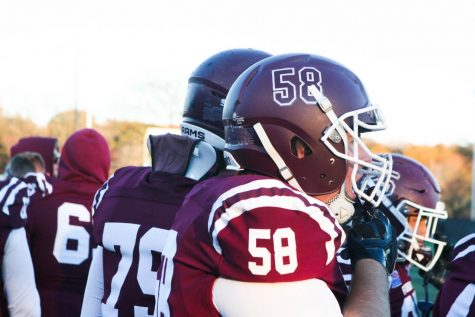
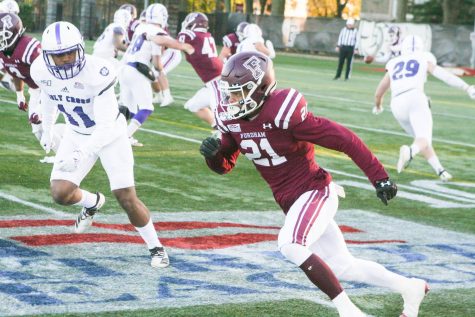
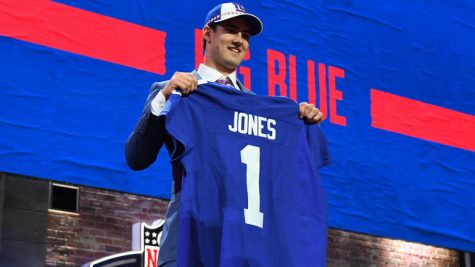
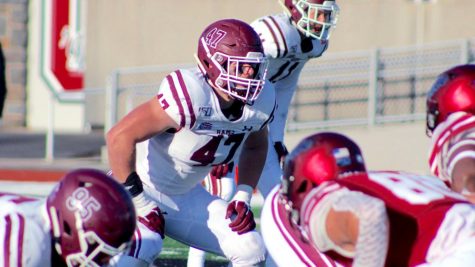
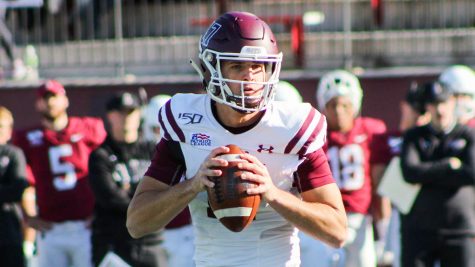
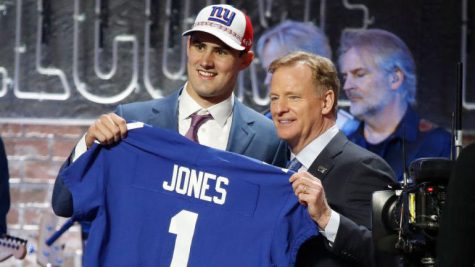
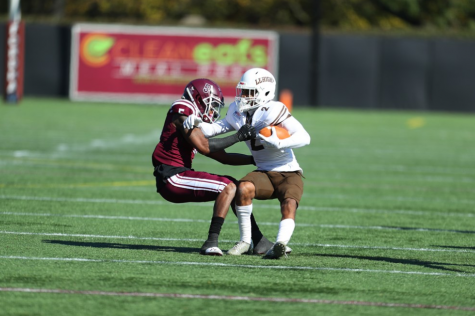
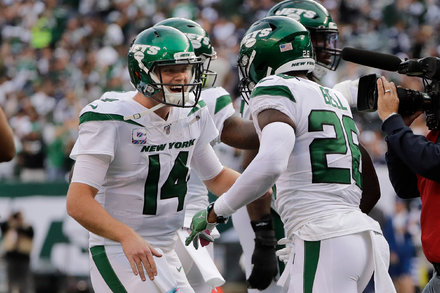

If you want a picture to show with your comment, go get a gravatar.